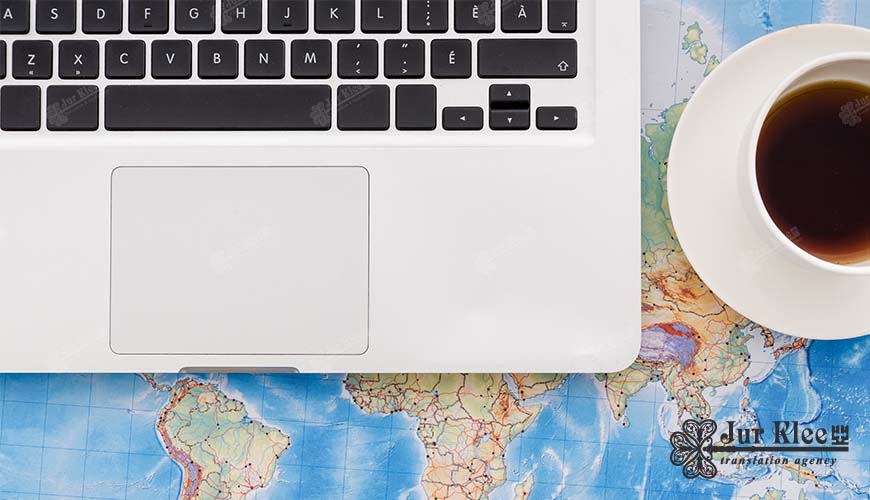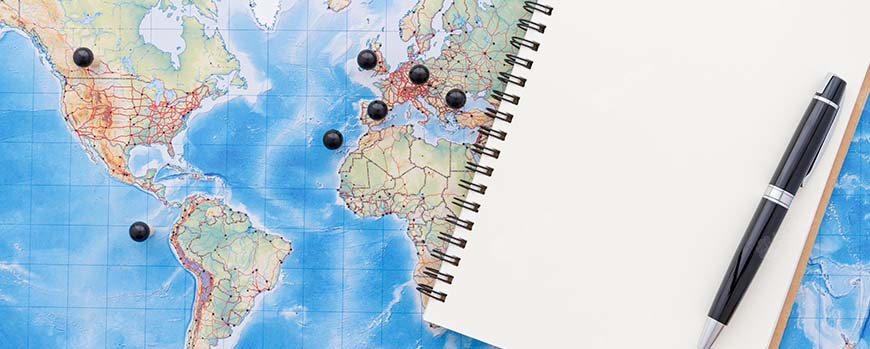
Translation requirements for international transactions
International transactions are an important part of the global economy, allowing companies and individuals to interact and enter into agreements regardless of national borders. One of the key aspects of successful international transactions is the high-quality translation of documents. In this article, we will look at the basic translation requirements for international transactions, which help ensure the accuracy, legal force and clarity of documents.
Translation of documents for international transactions requires special attention and professionalism. Errors or inaccuracies in translation can lead to misunderstandings, legal problems and financial losses. Therefore, it is important to take into account all the requirements for such translations in order to ensure the successful completion of the transaction.
Basic requirements for translations
Accuracy and completeness
One of the main requirements for translations for international transactions is the accuracy and completeness of the translation. Documents must be translated without distortions, errors and omissions. Each term, phrase, and sentence must accurately reflect the meaning of the original.
- Technical accuracy: It is important to take into account the specifics of the industry and use the correct technical terms.
- Legal accuracy: Legal documents must be translated taking into account all the nuances and peculiarities of the legal system of another country.
Translation certification
To confirm the authenticity and accuracy of the translation, documents often require certification. Certification can be performed in various ways:
- Notarization: The notary confirms the authenticity of the translation.
- Translator's affidavit: The translator signs a statement on the accuracy of the translation.
- Agency certification: The translation agency issues a certificate of translation by a qualified specialist.
Localization
Localization is the adaptation of translation taking into account the cultural, legal and linguistic characteristics of the target region. Localization helps to make documents more understandable and acceptable to the other party.
- Legal norms: Taking into account legal differences between countries.
- Cultural aspects: Adaptation of formats of dates, numbers, monetary units and other elements.
Confidentiality
Translations for international transactions often contain confidential information, so it is important to ensure its protection. Translators and agencies must comply with strict security and confidentiality measures.
- Non-Disclosure Agreements (NDA): They are signed between the customer and the translator or agency.
- Secure data channels: Using encryption and secure servers to transfer and store documents.
Quality and control
Ensuring high quality translation requires a multi-step verification and control process:
- Editing: A professional editor checks and corrects the translation.
- Proofreading: Additional text checking for errors and inaccuracies.
- Double translation: In some cases, double translation is used to confirm accuracy (translator A translates the text into the target language, translator B translates back into the source language).
Translators' specialization
International transactions may relate to various areas: from trade and finance to technology and medicine. It is important that translators have the appropriate qualifications and experience in a particular industry.
- Legal translators: Specialize in translating legal documents.
- Technical translators: Have knowledge in a specific technical field.
- Financial translators: They have experience in translating financial documents and reports.

The translation process for international transactions
Step 1: Document analysis
Before starting the translation, it is necessary to analyze the document, determine its type, volume and complexity. This will help you choose the right translator and estimate the cost and deadlines of the work.
Step 2: Choosing a translator or agency
Choosing a qualified translator or agency is a key step. Make sure that the selected specialist has experience working with documents in your industry and meets all the requirements.
Step 3: Translation and localization
After choosing a translator, the process of translating and localizing the document begins. The translator works carefully on the text, taking into account all the nuances and requirements.
Step 4: Editing and proofreading
After the translation is completed, the document is sent to the editor for checking and correction. Then a proofreading is carried out for final quality control.
Step 5: Certification
If required, the translation is notarized or certified in another way.
Step 6: Transfer to the customer
After completion of all stages, the translation is transferred to the customer through secure communication channels.
The translation requirements for international transactions are high and include accuracy, completeness, certification, localization, confidentiality and quality control. Compliance with these requirements helps to ensure the successful conclusion of transactions and minimize risks. Working with qualified translators and agencies, you can be sure of the quality and reliability of the translated documents.
